Hedgehogs, small spiny mammals, are found in many parts of the world. They have become popular as pets and their presence is often seen as a sign of healthy ecosystems. However, hedgehogs face threats from various predators that prey on them for food. Knowing these predators can help humans take steps to protect hedgehog populations.
The predators of hedgehogs vary depending on habitat and geographic location. Some common predators include birds of prey such as owls and hawks, foxes, badgers, stoats, weasels and domesticated cats and dogs. These animals pose significant threats to hedgehogs especially during breeding season when females leave their nests to search for food or mate.
In this article, we will explore the different types of predators that threaten the survival of hedgehogs around the world.
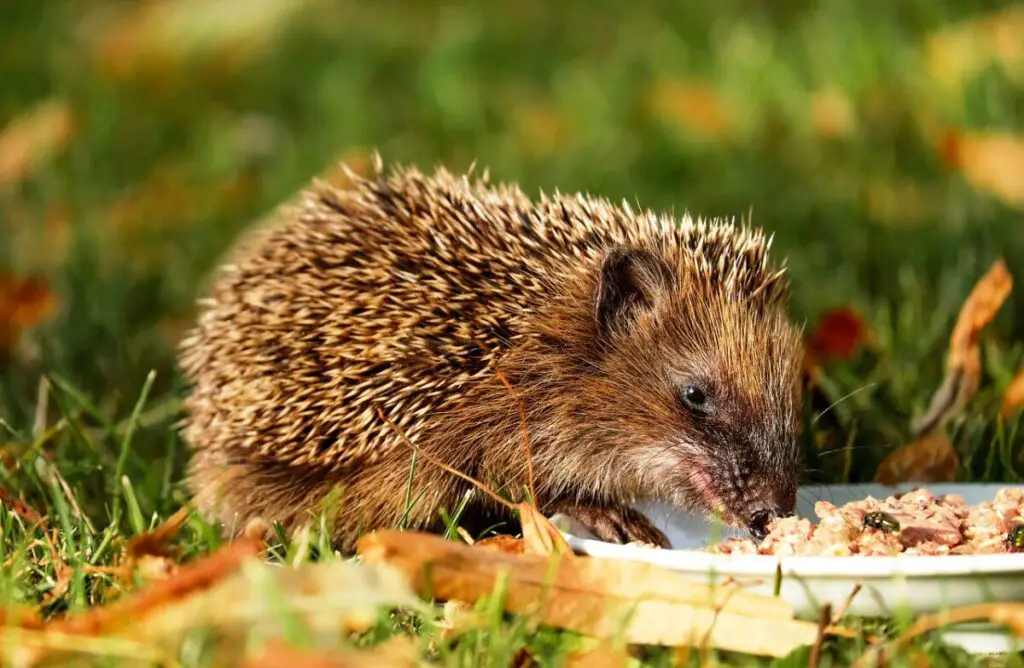
Habitat And Geographic Variations In Predators
The predators of hedgehogs vary depending on their habitat. In rural areas, the main predators are foxes, badgers, and birds of prey such as owls. Urban areas have different predator pressures with domestic dogs being a major threat to hedgehogs. Hedgehog populations also experience greater predation pressure from non-native species such as rats and grey squirrels that compete for resources.
As a result of these varying predator pressures, hedgehogs have developed certain adaptations to survive in different habitats. For example, urban hedgehogs tend to be more cautious and active at night while rural hedgehogs rely heavily on their defensive abilities like rolling into a ball to deter predators. These differences highlight the importance of studying prey-predator relationships within specific environments to understand how animals adapt to changing conditions.
Protecting Hedgehogs From Predators
Hedgehogs are adorable creatures that have been around for millions of years. They may seem harmless, but they do face several predators in the wild. These predators pose a significant threat to hedgehog populations worldwide and make it challenging for conservation efforts.
Some common predators of hedgehogs include badgers, foxes, owls, and domestic cats. Badgers are particularly dangerous to hedgehogs as their strong jaws can crush the spines on a hedgehog’s back. Foxes often prey on young or weak hedgehogs, while owls hunt them at night when they are most vulnerable. Domestic cats also pose a threat to hedgehogs as they see them as potential prey.
To protect these cute animals from such threats, various initiatives have been taken by many organizations under Hedgehog conservation programs.
To conserve and protect hedgehogs from becoming extinct, people must take steps to ensure their safety from natural predators. Here are three ways individuals can contribute towards Hedgehog rescue initiatives:
- Install prickly protection: Create an environment where it is difficult for predators to get near the hedgehog habitat with barriers made up of thorny bushes.
- Provide shelter: Building shelters will provide hiding spaces for baby hedgehogs and injured ones too.
- Keep food off the ground: Feeding stations should be raised above the ground level so that birds and rats cannot access them easily; this helps prevent attracting unwanted attention from other animals who might harm or kill them unintentionally.
These simple measures can go a long way in protecting these unique creatures against their natural enemies and help promote Hedgehog conservation globally without disturbing nature’s balance.
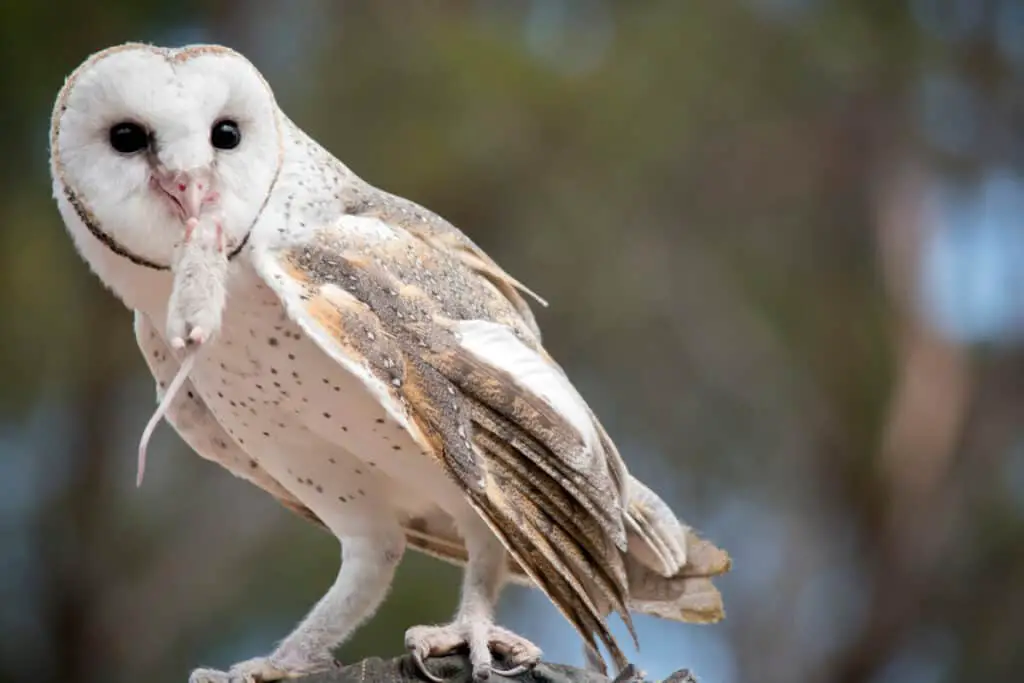
Birds Of Prey: Owls And Hawks
Birds of prey are amongst the most common predators that hunt hedgehogs. Owls and hawks, in particular, have been known to pose a significant threat to these small mammals.
These birds use their sharp talons and beaks to catch and kill the hedgehog. They typically attack from above, swooping down on unsuspecting hedgehogs as they forage for food.
The impact of bird predation on hedgehog populations can be severe. Studies have shown that areas with high densities of owls or other raptors tend to have lower numbers of hedgehogs.
This is because hedgehogs do not have any protective measures against aerial attacks, making them vulnerable targets for birds of prey. As a result, many conservation efforts aimed at protecting hedgehogs also focus on reducing the number of predatory birds in certain areas.
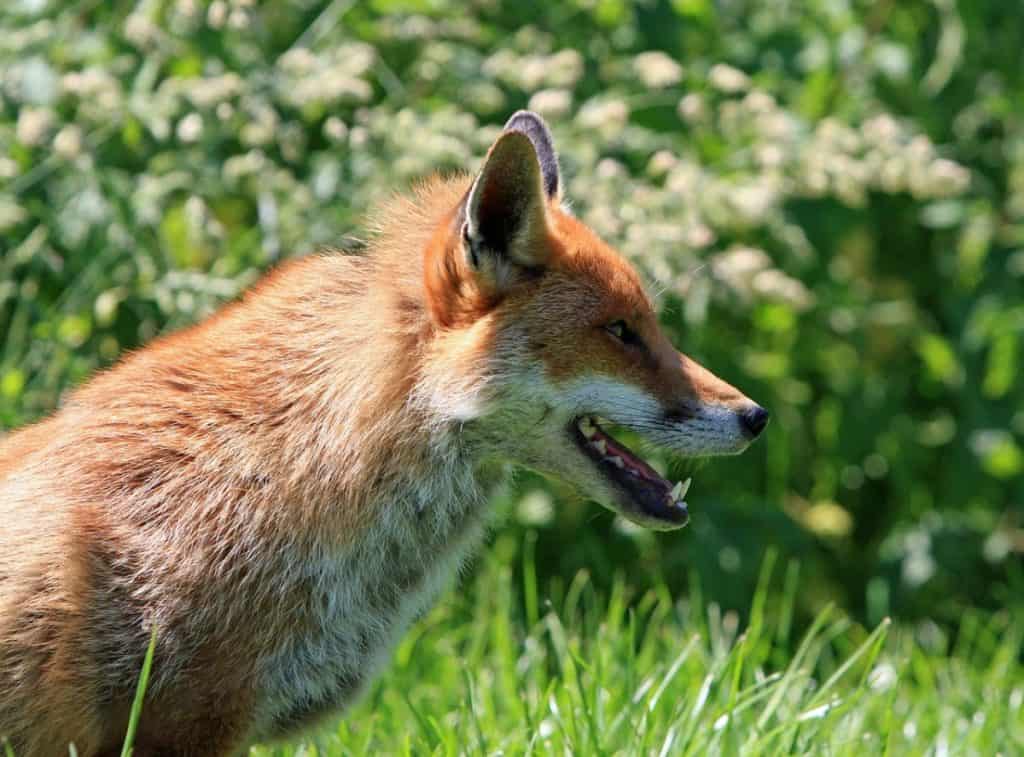
Foxes
Foxes are a common predator of hedgehogs, and their hunting habits have a significant impact on hedgehog populations.
Foxes prey on both adult hedgehogs and their young, which can lead to a decline in the number of hedgehogs in an area over time.
Additionally, foxes are known to raid hedgehog nests for food, further reducing the chances of survival for any juvenile hedgehogs.
Despite being natural predators, there are strategies that individuals can use to deter foxes from gardens and other areas where they may encounter hedgehogs.
For example, installing motion-activated lights or sprinklers can discourage foxes from entering certain spaces.
Similarly, using physical barriers such as fences or hedgerows can limit access to these areas.
While it is impossible to completely eliminate the threat of predation by foxes, taking preventative measures can help protect vulnerable hedgehog populations from this common predator.
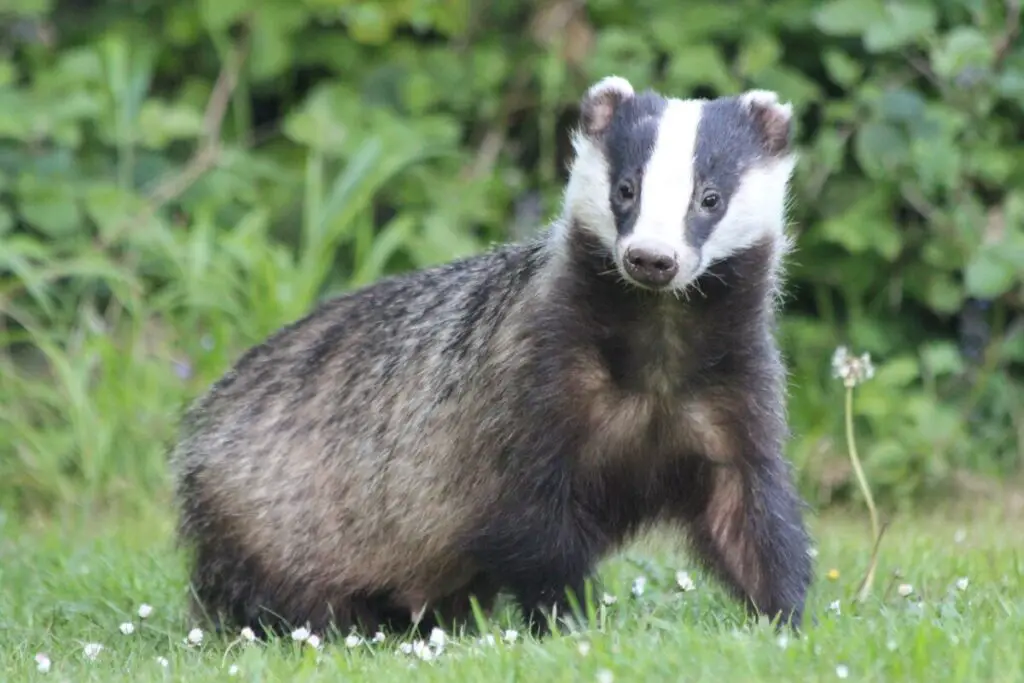
Badgers
Foraging habits play a significant role in badger predation on hedgehogs. Badgers are omnivorous, and their diet includes small mammals such as mice, rats, rabbits, and even hedgehogs. They have strong digging abilities that enable them to excavate burrows and root out prey from underground.
Hedgehogs may fall prey to badgers when they share common habitats with these predators. Badgers usually hunt at night, which coincides with the foraging time of hedgehogs. This increases the likelihood of encountering each other.
The impact of badger predation on hedgehog populations is variable depending on several factors such as habitat quality and density of both species. Studies suggest that badger activity can lead to a decline in local hedgehog numbers or even extinction if there is no suitable habitat nearby for recolonization. However, it is worth noting that not all areas with badger presence experience declines in hedgehog populations.
Some sites report stable or increasing densities because certain conditions favor coexistence between the two species. Nonetheless, it remains important to monitor the relationship between badgers and hedgehogs to better understand their ecological interactions and inform conservation efforts aimed at promoting biodiversity conservation in natural ecosystems.
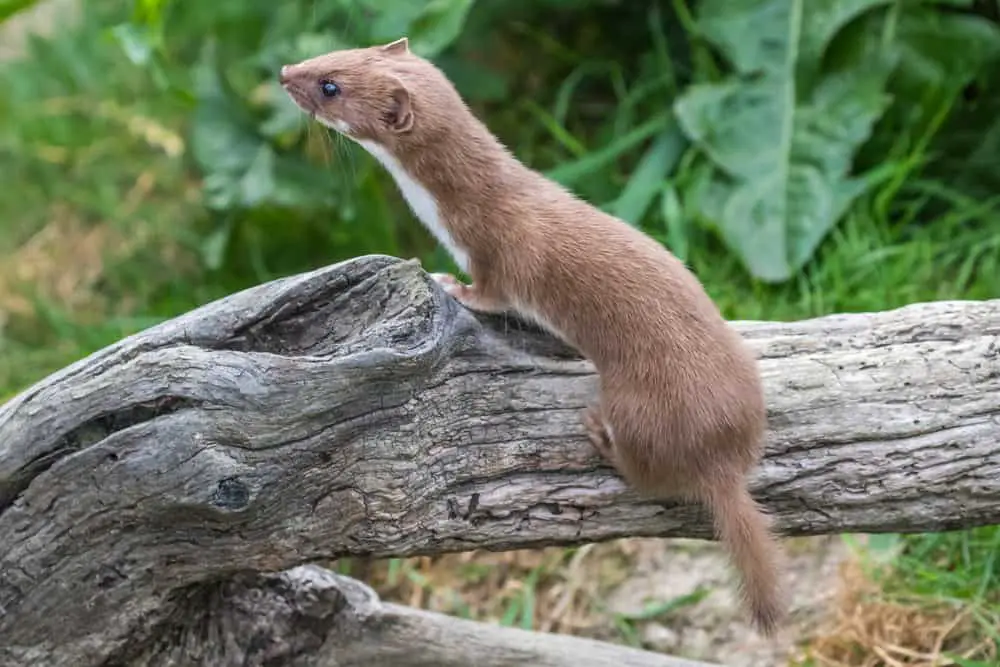
Stoats And Weasels
Badgers are not the only predator of hedgehogs in the wild. Stoats and weasels, both members of the Mustelidae family, also prey on these small mammals. These predators have unique adaptive behaviors that allow them to successfully hunt their prey.
Stoats and weasels are known for being agile hunters, able to move quickly through narrow spaces and catch their prey with precision. They use a technique called ‘neck biting’ to kill their victims quickly. This involves grabbing onto the back or neck of an animal and shaking it vigorously until its spinal cord breaks.
Due to their size, they can easily enter burrows where hedgehogs may be hiding. Like badgers, stoats and weasels have had population impacts on hedgehog populations in certain areas. However, due to their smaller size and more solitary nature, they may not pose as great a threat overall compared to badger predation.
Adaptive behaviors play an important role in the success of predators like stoats and weasels. While these animals do impact hedgehog populations in some regions, it is important to remember that all species play a vital role in maintaining balance within ecosystems. Understanding predator-prey dynamics can help inform conservation efforts aimed at protecting vulnerable species like hedgehogs from extinction.

Domesticated Cats And Dogs
Domesticated cats and dogs are popular household pets that can coexist with hedgehogs if properly trained. Training pets to be gentle around hedgehogs is crucial to prevent any harm towards the small animals.
Creating a hedgehog-friendly environment in households where cats or dogs reside can also aid in protecting the hedgehog population. This includes securing litter boxes, food dishes, and other items that may attract predators such as raccoons or foxes. Additionally, providing hiding places for hedgehogs within their enclosure can reduce stress levels and increase their sense of security. It is important to note that while it is possible for domesticated cats and dogs to live alongside hedgehogs, they should never be left unsupervised together.
One way to train pets is through positive reinforcement methods such as rewarding good behavior when interacting with the hedgehog.
Hedgehogs require a specialized diet consisting of insects, fruits, vegetables, and high-quality dry cat food which should not be shared with other pets.
Providing adequate space for both the pet and the hedgehog will ensure each has ample room to move about comfortably without feeling threatened by one another.
Conclusion
Hedgehogs are a beloved species, but unfortunately, they face many predators in the wild.
The common threats include birds of prey such as owls and hawks, foxes, badgers, stoats and weasels and even domesticated cats and dogs.
Predation rates can vary depending on habitat and geographic location.
To protect hedgehog populations from these predators, it is essential to implement measures such as providing safe habitats with adequate shelter and food sources.
In conclusion, hedgehogs have several natural predators that pose significant risks to their survival.
However, by understanding these potential threats and taking appropriate protective measures, we can help conserve this iconic animal for future generations.
It is crucial to promote public awareness about the importance of preserving the natural habitats of animals like hedgehogs while also reducing human activities that contribute to habitat destruction and fragmentation.
By working together towards conservation efforts, we can ensure that hedgehogs continue to thrive in our ecosystems for years to come.
